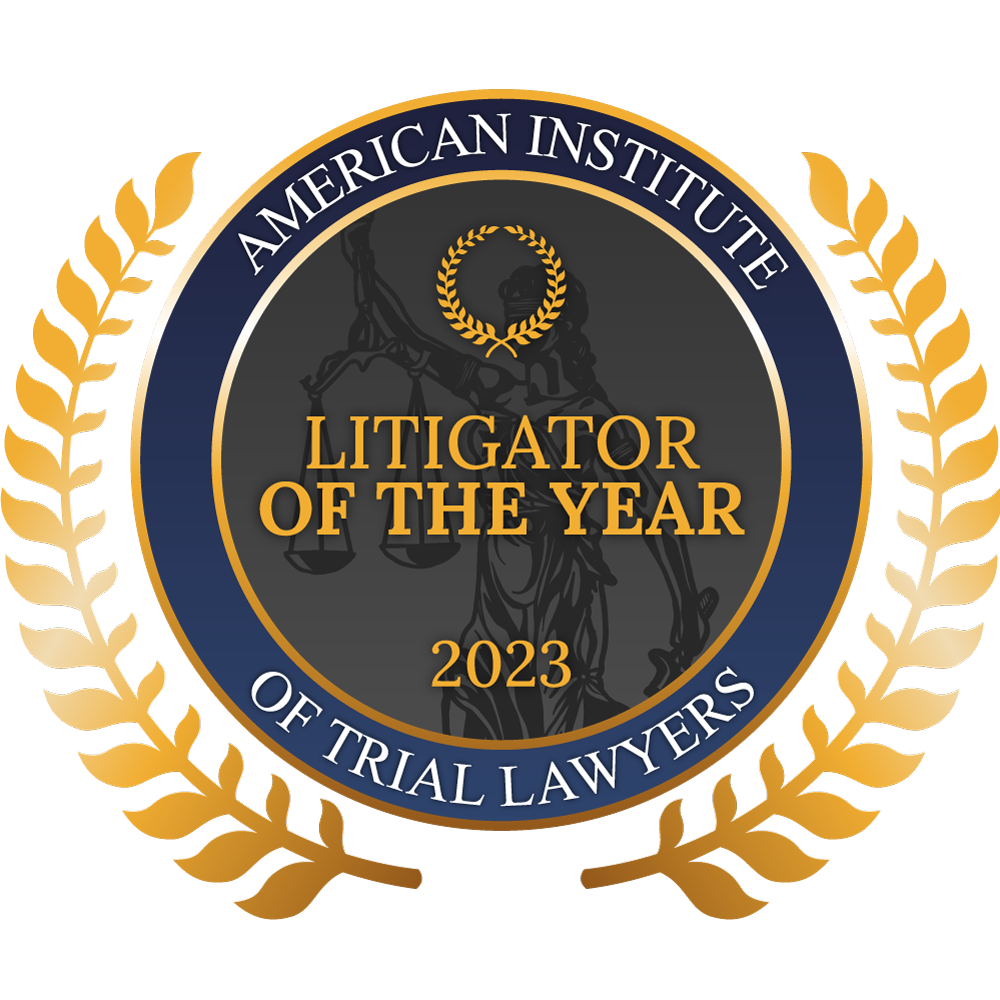In Colorado, most personal injury claims hinge on the legal concept of negligence: that someone acted carelessly or failed to behave responsibly given the circumstances, injuring someone else as a result. For example, maybe a motorist failed to activate their turn signal before changing lanes or a clerk forgot to put up a “wet floors” sign after mopping up a spill. While the motorist and the clerk did not set out to hurt anyone, they may have done so anyway by failing to anticipate the potential danger of their actions.
Sometimes, though, injuries are caused not by simple carelessness but rather by a reckless indifference to the well-being of others. This sort of willful and wantonly dangerous behavior is a more serious type of fault known as gross negligence.
The distinction between negligence and gross negligence can have a serious effect on an injury claim. In this article, we at The Wilhite Law Firm explore the reasons for this in detail.
Ordinary Negligence Explained
Ordinary negligence is the failure to behave with the same level of care that an ordinary person would have in similar situations. The following are a few practical examples to illustrate the concept as it applies to personal injury cases:
- A motorist drives their car faster than the speed limit permits. As a result, they do not have time to stop in time to avoid a collision with a pedestrian who begins crossing the street in a marked crosswalk ahead of the driver.
- A grocery store owner fails to fix a broken refrigerator unit. A patron slips on water leaking from the unit, falls, and breaks their leg.
- A doctor writes the wrong prescription for a patient. The patient becomes ill after purchasing and taking medication they should not have been prescribed.
In the above examples, while the responsible party did not intend to cause harm to others, their carelessness nonetheless resulted in injuries. As such, the responsible party is liable for the consequences of those injuries, including:
- Medical bills
- Lost wages
- Pain and suffering
- Emotional distress
- Damaged property
How Gross Negligence is Different
Gross negligence is not a simple oversight or failure to act. Instead, it is the result of a conscious and extreme indifference to the safety of others. Whereas a negligent person did not foresee that their actions might cause injuries, a grossly negligent person likely should have anticipated the potential consequences of their behavior but engaged in it anyway. Contact our Denver car accident lawyer today.
The following are some examples of gross negligence:
- A drunk driver speeds through a school zone when children are in the crosswalk and trying to cross the street. The driver causes an accident. Police learned that the driver’s blood alcohol level is twice the legal limit.
- A grocery store owner knows their refrigerator is in bad repair and leaking water. But he repeatedly takes steps to hide the danger rather than address it. A customer slips on a spill and breaks their leg.
- A doctor prescribes a drug that medical records clearly indicate a patient is allergic to. The patient gets extremely sick as a result of the contraindicated medication.
 In these cases, the at-fault party did not set out to or intentionally harm anyone. However, they failed to take even the most basic steps a reasonable person would to avoid causing harm. As such, the risk posed to others. It is significantly increased. This distinction is what separates gross negligence from ordinary negligence.
In these cases, the at-fault party did not set out to or intentionally harm anyone. However, they failed to take even the most basic steps a reasonable person would to avoid causing harm. As such, the risk posed to others. It is significantly increased. This distinction is what separates gross negligence from ordinary negligence.
In addition to owing an injured party compensation for their injuries, a grossly negligent party might be subject to punitive damages. These damages are designed to punish the wrongdoer by increasing the amount they must pay the person harmed. The goal is to discourage them and others from engaging in similarly dangerous behavior in the future.
How to Prove Negligence in Colorado
To prove that someone was negligent and at fault for your injuries, you will need to establish the following four elements:
- The party who injured you (called the defendant) had a duty or an obligation to take reasonable steps to avoid harming others.
- The defendant breached that duty by failing to use reasonable care or take reasonable precautions.
- You suffered harm.
- The defendant’s breach of their duty to you caused that harm.
Proving gross negligence means further establishing that the breach was the result not just of the defendant’s failure to take reasonable care, but rather their reckless indifference to the potential consequences of their actions.
For example, many car accidents involve ordinary negligence on the part of an at-fault driver. However, a drunk driving accident could rise to the level of gross negligence. Drunk driving is a well-known danger that results not just from a momentary mistake but from a conscious decision on their part to drink and then get behind the wheel. A claim of gross negligence depends on the facts of the personal injury lawsuit and would be strengthened by repeated instances of DUI or a very high blood alcohol amount.
What Type of Negligence State is Colorado?
In addition to recognizing a distinction between ordinary and gross negligence, Colorado follows a modified comparative negligence standard. Under this rule, personal injury victims can still recover compensation even when they are partially to blame for the underlying accident.
Here’s how it works. The injured party (called the plaintiff) presents their evidence to a court, which considers this information and uses it to assign both the plaintiff and the defendant a percentage of fault. As long as the plaintiff is less at fault for the accident than the defendant is — that is, as long as the plaintiff’s share of fault is less than 50 percent — they can recover compensation from the defendant.
However, the court will also reduce the plaintiff’s monetary award in accordance with their share of fault. So, if the plaintiff is 20 percent to blame for the accident, they will receive 20 percent less money than they would have had they been zero percent at fault.
Contact a Colorado Personal Injury Lawyer
Have you been injured in an accident in Colorado? Do you have questions about how the other party’s behavior could affect how much money you recover? The Wilhite Law Firm is standing by to answer your questions during a free consultation. Contact us today and get help from an experienced, compassionate Colorado personal injury lawyer.





















